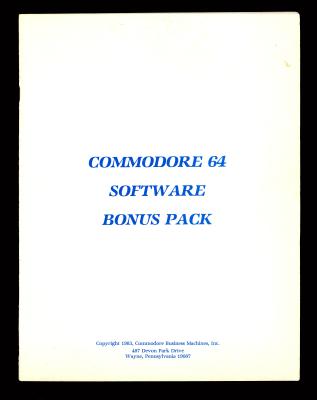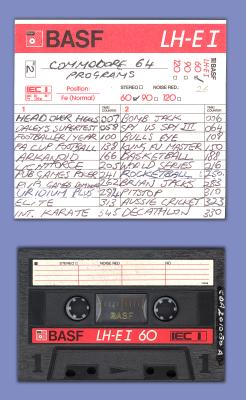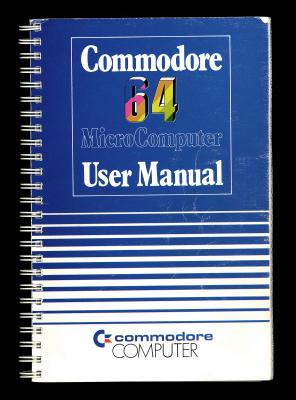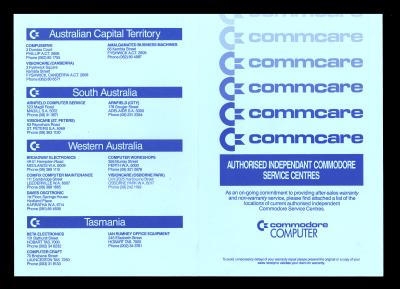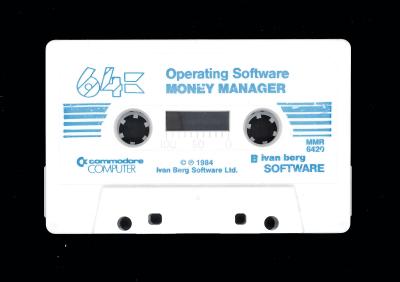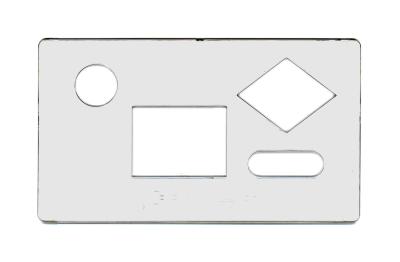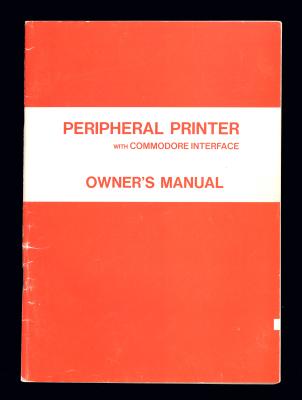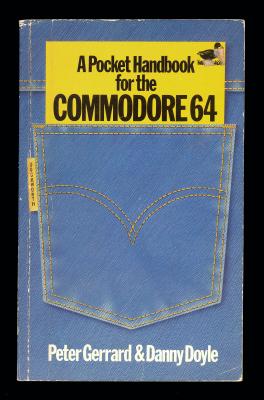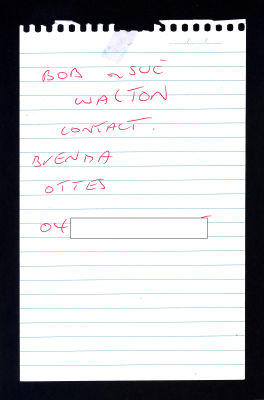CASSETTE FOR COMMODORE 64 COMPUTER
c. 1982 - 1994White, rectangular plastic cassette tape.
The middle of the cassette has holes that are part of spools, which the magnetic tape sits on. Between the spools is a clear plastic window with a graduated scale.
The white lable on both sides has text [COMMODORE 64 TM AN INTRODUCTION / TO BASIC:-PART1 / 7. "SENTENCES" 8. "UNIT7QUIZ" 9. "UNIT8PROG" 10. "UNIT9QUIZ" 11. "UNIT10QUIZ" 12. "UNIT11PROG" / 13. "UNIT12QUIZ" 14. "SOUND DEMO" 15. "HEADS" 16. "REACTION" 17. "ESG" 18. "CRAPS" / TAPE 2 TAPE 2 / TM commodore / COMPUTER / ©ANDREW COLIN 1982 ©COMMODORE ELECTRONICS LTD].
The Commodore 64, also known as C64, was a home computer introduced in January 1982 by Commodore International. The C64 name came from its 64 kilobytes of RAM. Retailing at US$595 (equivalent to $1545 USD in 2018) and selling 17 million units worldwide during its lifetime, it was listed in the Guinness Book of World Records as being the highest-selling single computer model of all time. Between 1983 and 1986, the C64 outsold its competitors' products, IBM PC Compatibles, Apple Computers, and Atari 8-bit. This was achieved through selling at regular retail stores, rather than at electronics and computer specialist stores. Aproximately 10,000 software titles were made for the C64, including office productivity applications, development tools and video games. It was discontinued in April 1994, although it remains popular in society today with collectors and computer enthusiasts. In 2018, the C64 mini 'retro' console was announced, introducing a new generation to the wonders of the C64.
Details
Details
Commodore Electronics Ltd.
This object is part of a collection that represents the types of technology that were used on a daily basis by people who lived in worked in the City of Armadale. The collection represents how technology has influenced how people lived, worked and played within the City of Armadale. The collection also is representative of how technology evolves and can become obsolete which in turn can make pastimes, jobs and skills evolve or become obsolete.
City of Armadale - History House
City of Armadale - History House
Other items by Commodore Business Machines
- INSTRUCTION PAMPHLET FOR SOFTWARE C64 COMPUTER
- CONTAINER, CASSETTE - WITH LIST OF PROGRAMS ON TAPE
- COMMODORE Plus/4 COMPUTER AND INTEGRATED KEYBOARD
- COMMODORE 64 COMPUTER SOFTWARE BONUS PACK
- SHEATH FOR BOX FOR COMMODORE 64 COMPUTER
- CASSETTE FOR COMMODORE 64 COMPUTER
- CASSETTE CASE FOR COMMODORE 64 COMPUTER GAME
- COMMODORE 64 MOCRO COMPUTER USER MANUAL
- 5¼ DISK FOR COMMODORE 64 COMPUTER
- PRINTER TEST SHEET FOR COMMODORE 64 COMPUTER
- CASSETTE FOR COMMODORE 64 COMPUTER
- PAMPHLET FOR SERVICE CENTRES FOR COMMODORE 64 COMPUTER
More items like this
- TAPE / CASSETTE, MAGNETIC - MONEY MANAGER SOFTWARE COMMODORE 64
- TAPE / CASSETTE, MAGNETIC - SOFTWARE GORTEK AND THE MICROCHIP TAPE 1 FOR COMMODORE 64
- TAPE / CASSETTE, MAGNETIC - COMPUTER GAME BOMB JACK FOR COMMODORE 64
- TAPE / CASSETTE, MAGNETIC - COMPUTER GAME STARTREK FOR COMMODORE 64
- CASSETTE, SOFTWARE - ROLF HARRIS PICTURE BUILDER CASSETTE FOR COMMODORE 64
- HANDICAP GOLF CASSETTE FOR COMMODORE 64 COMPUTER
- CASSETTE FOR COMMODORE 64 COMPUTER
- CASSETTE CASE FOR COMMODORE 64 COMPUTER GAME
Other items from City of Armadale - History House
- PROGRAMMING MANUAL FOR COMMODORE 64 COMPUTER
- STENCIL - FLOW CHART STENCIL FOR COMMODORE 64 COMPUTER
- PRINTER, DOT MATRIX - COMPUTEC
- COVER - FOR COMPUTEC PRINTER
- PRINTER MANUAL FOR COMMODORE 64 COMPUTER
- POCKET HANDBOOK FOR COMMODORE 64 COMPUTER
- MANUAL USING THE 64 COMPUTER
- GEOS USERS GUIDE FOR THE COMMODORE 64 COMPUTER
- FOLDER WITH ASSORTED GAME SHEETS FOR COMMODORE 64 COMPUTER
- TAN LEATHER HANDBAG
- HANDWRITTEN NOTE TO BOB & SUE WALTON FROM BRENDA OTTES
- CIGARETTE CASE
